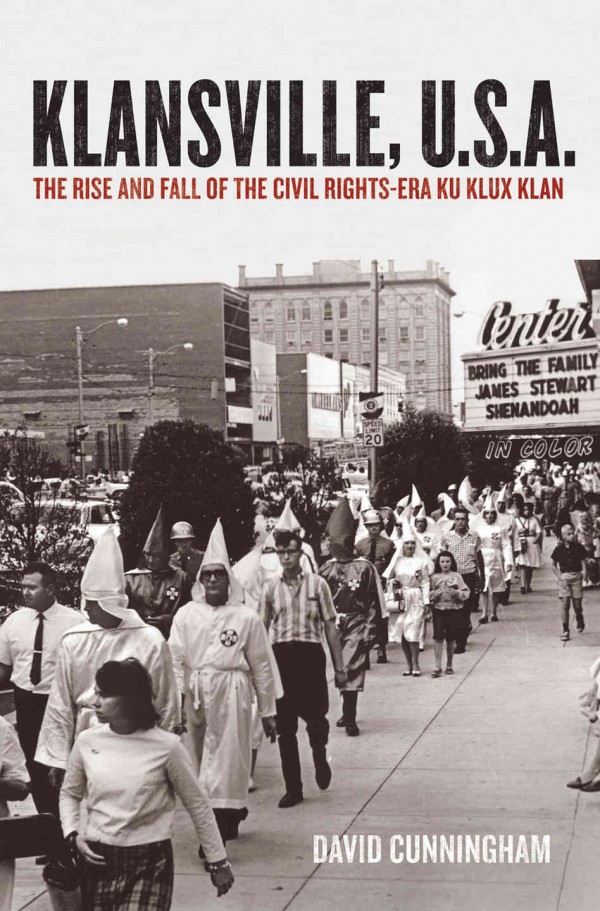FRESH AIR
As the civil rights movement gained momentum in the 1960s, Ku Klux Klan activity boomed. That fact itself may not be surprising, but in the introduction to his new book, Klansville, U.S.A., David Cunningham also reveals that, “While deadly KKK violence in Mississippi, Alabama and Georgia ha[d] garnered the lion’s share of Klan publicity, the United Klan’s stronghold was, in fact, North Carolina.” North Carolina, Cunningham writes, had more Klan members than the rest of the South combined. Cunningham’s book focuses on the rise and fall of the KKK in the U.S., and specifically in North Carolina. The violence and terror tactics of the Klan aside, one of the things that jumped out at Cunningham during his research was the Klan’s organization: what it was able to do on a daily basis, and how that shaped its place in communities. “What they would do is they would be holding a rally somewhere in the state almost every night of the year in North Carolina,” Cunningham tells Fresh Air’s Terry Gross. “The rally would be in the evening … largely because they would want it to be dark by the time they had the climax of the rally, which would be an enormous cross burning prior to the rally. They would have these marches — these street walks — that would go down the main street of the town, and they would get mostly members, and they would have them in regalia. And what they were trying to do was create a public presence and try to say, ‘This isn’t an organization that just works under the cover of darkness: This is an organization that’s out in the open.’ ” While Klan activity these days is marginalized, Cunningham says its legacy is powerful in communities where the Klan was once active. He says that in North Carolina — and throughout the South in general — places that were once KKK strongholds now “have significantly higher rates of violent crime than other communities where the Klan wasn’t active.” MORE

